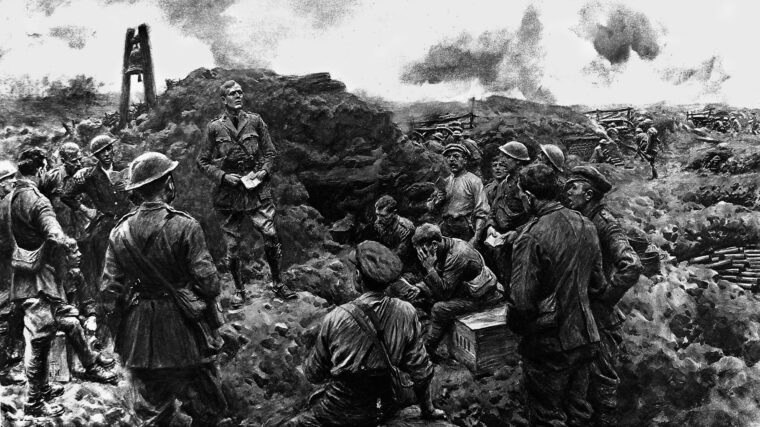
Pearl Harbor
Means of Grace, Hope of Glory
By Robert Barr SmithThey carried no weapons, only holy books and rudimentary vestments, a crucifix or a Star of David and sometimes a little Communion kit. Read more
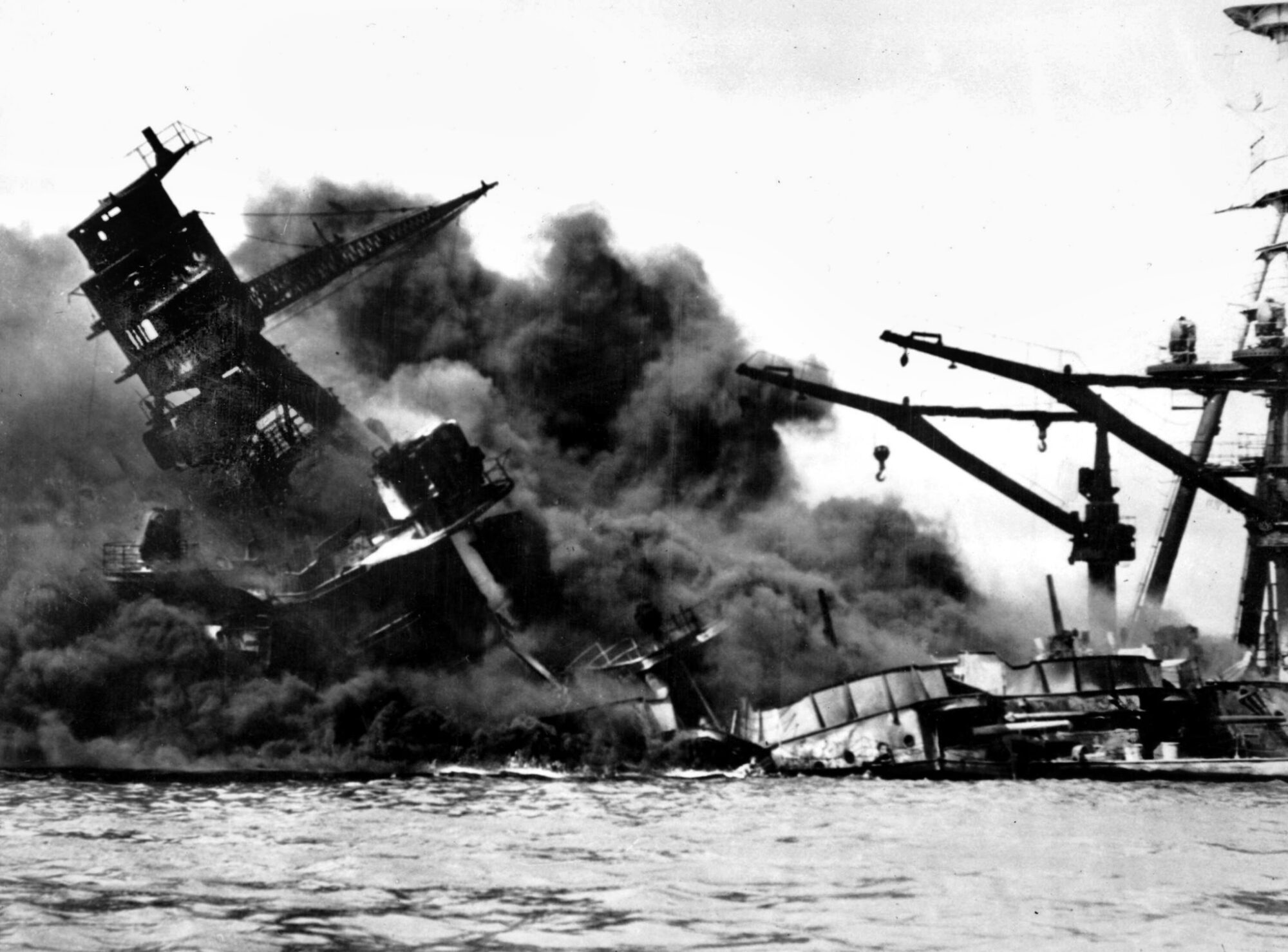
The attack on Pearl Harbor and other U.S. military installations on the island of Oahu, territory of Hawaii, Sunday, December 7, 1941, plunged the United States into World War II. The Pearl Harbor anchorage of the U.S. Navy’s Pacific Fleet was attacked by two waves of Japanese planes flying from aircraft carriers more than 200 miles north of Hawaii. Eight battleships of the Pacific Fleet, as well as numerous other ships, were sunk or damaged, and 2,403 American lives were lost. Pearl Harbor has become an enduring symbol of American resolve in the wake of the surprise air raid. President Franklin Roosevelt called the date of the Pearl Harbor attack one that would “live in infamy.”

Pearl Harbor
They carried no weapons, only holy books and rudimentary vestments, a crucifix or a Star of David and sometimes a little Communion kit. Read more
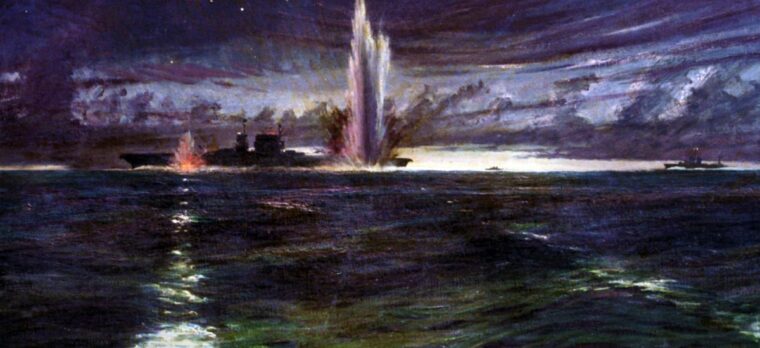
Pearl Harbor
Historical controversy has famously surrounded Admiral Richmond K. Turner. In his responsibility as Director of the War Plans Division, he was to inform Admiral Kimmel, Commander of the Pacific Fleet, of Japanese diplomatic threats alluding to military retribution for souring political relations. Read more
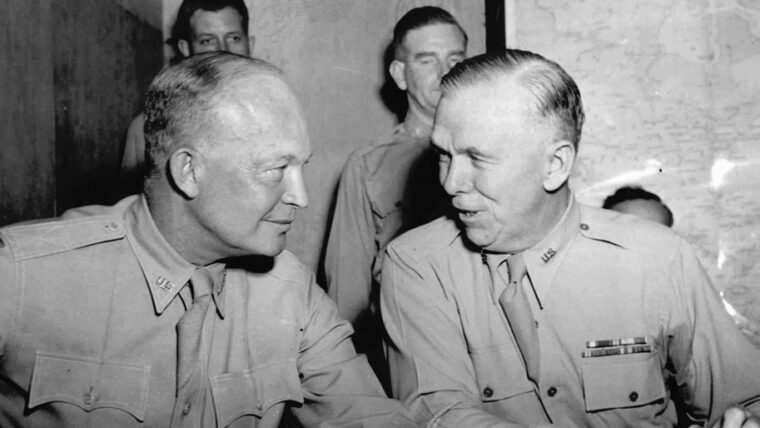
Pearl Harbor
President Franklin D. Roosevelt was disturbed in the autumn of 1938 by the Munich agreement, at which the rights of Czechoslovakia were signed away, and by reports of mounting air strength in Adolf Hitler’s Nazi Germany. Read more
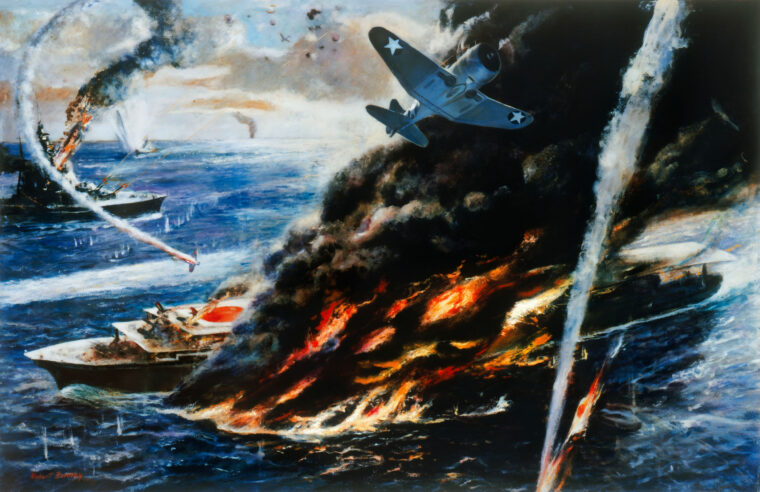
Pearl Harbor
World War II was less than six months old when the American public, already stunned by the debacles at Pearl Harbor and Guam, faced one of its darkest moments. Read more
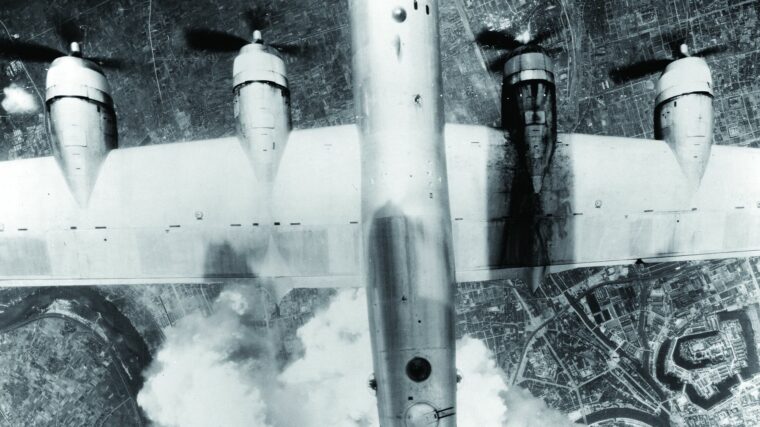
Pearl Harbor
“I submit that it was the wrong decision. It was wrong on strategic grounds. And it was wrong on humanitarian grounds.” Read more
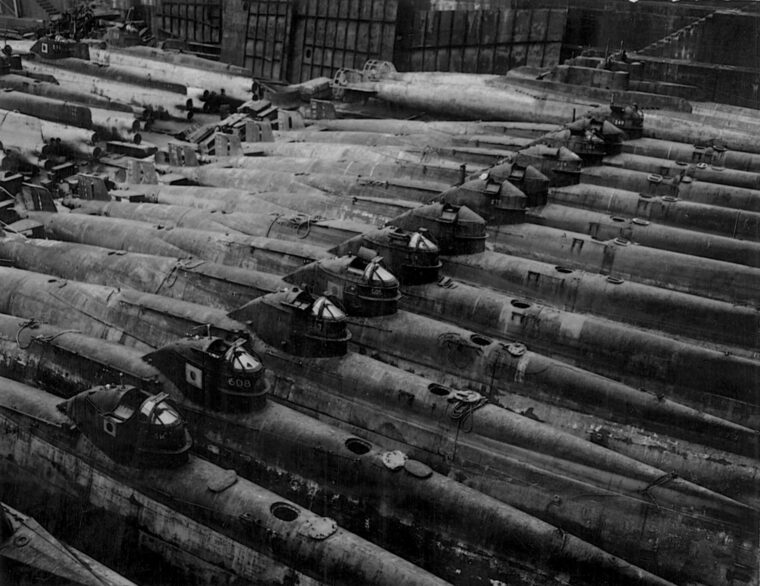
Pearl Harbor
During the early hours of December 7, 1941, five midget submarinesof the Imperial Japanese Navy waited to enter Pearl Harbor, the anchorage of the U.S. Read more
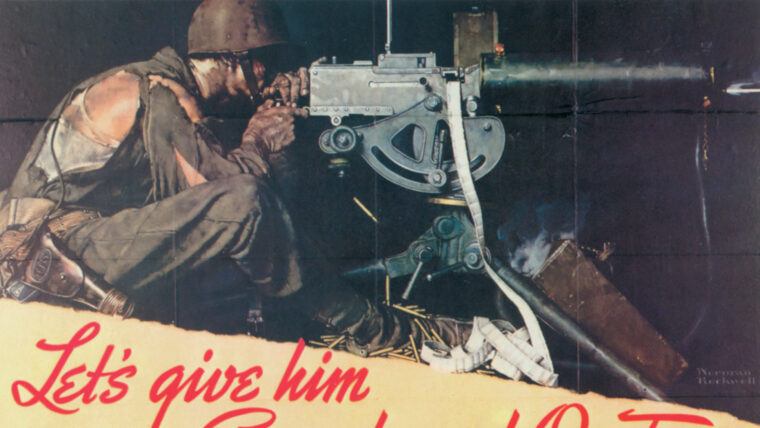
Pearl Harbor
Military posters played a crucial role in motivating Americans to do their best and make sacrifices—of all kinds—during World War II. Read more
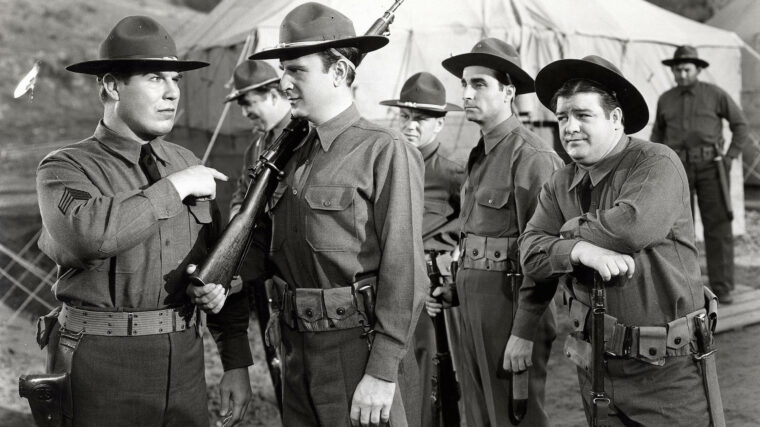
Pearl Harbor
World War II came to the Hollywood motion picture studios, the “Dream Factories” as they were sometimes called, the day after Pearl Harbor. Read more

Pearl Harbor
The first torpedo struck the Shinano carrier farthest aft. Over the next 30 seconds three more warheads detonated against the massive aircraft carrier’s hull, working their way forward. Read more
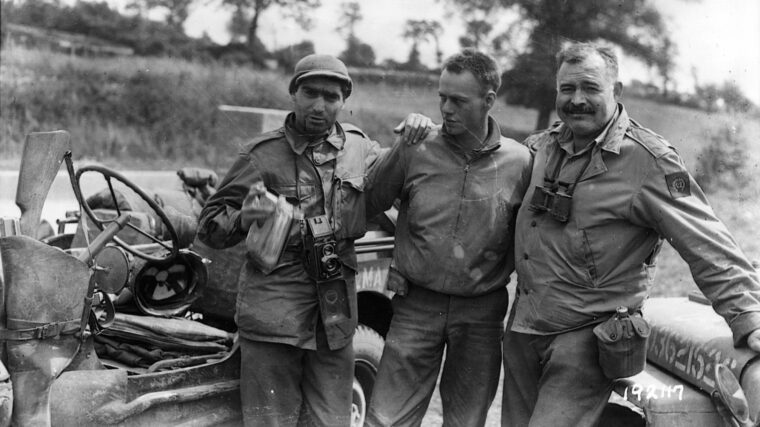
Pearl Harbor
“We are going to have Christ’s own bitter time to win it, if, when, and ever,” commented Ernest Hemingway to his friend and editor, Charles Scribner, at the start of World War II. Read more
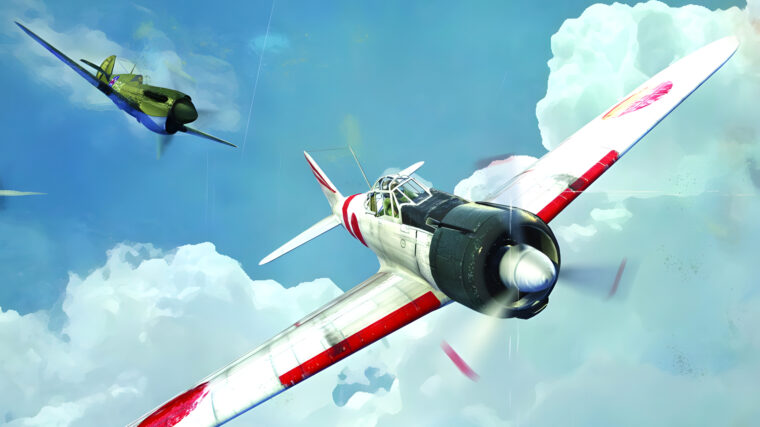
Pearl Harbor
The concept of a beefy but downloadable Wii dogfighting series seems like a surefire bet. Though visual flare isn’t necessarily one of the strong suits of Nintendo’s console, there are other more valuable assets that work well for the genre: namely, motion controls. Read more
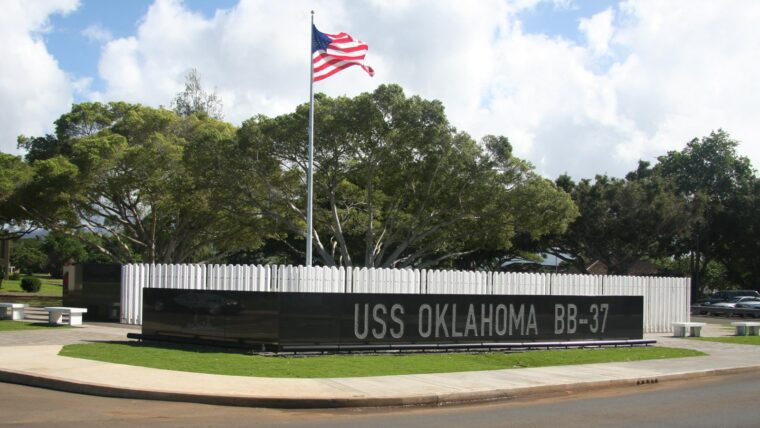
Pearl Harbor
On the morning of December 7, 1941, the battleship USS Oklahoma was moored along Battleship Row at Pearl Harbor, outboard of the battleship USS Maryland. Read more
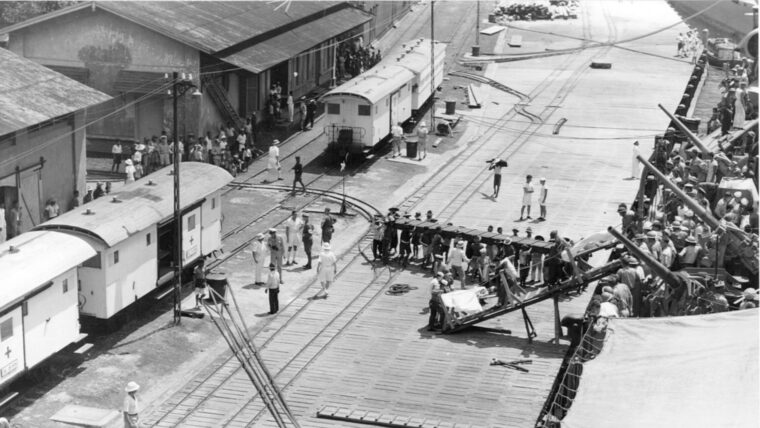
Pearl Harbor
Allied fortunes were at a low ebb as strategic British and American bases fell like ninepins to the Japanese across the Far East in the early months of 1942. Read more
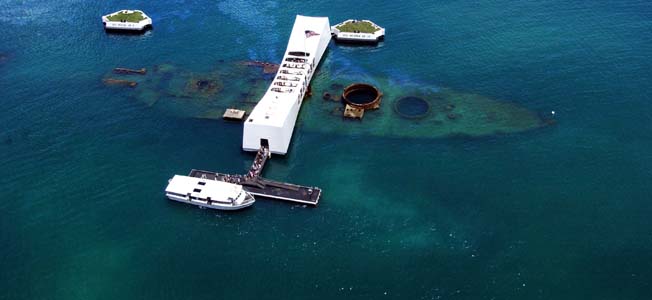
Pearl Harbor
It’s now been 74 years to the day since the Japanese attack on Pearl Harbor, and America’s foray into the the Second World War. Read more

Pearl Harbor
Just before dawn, the aircraft carrier USS Enterprise turned into the wind to launch her planes. Nervous and excited pilots roared into the darkness of the vast Pacific toward the unsuspecting Japanese. Read more
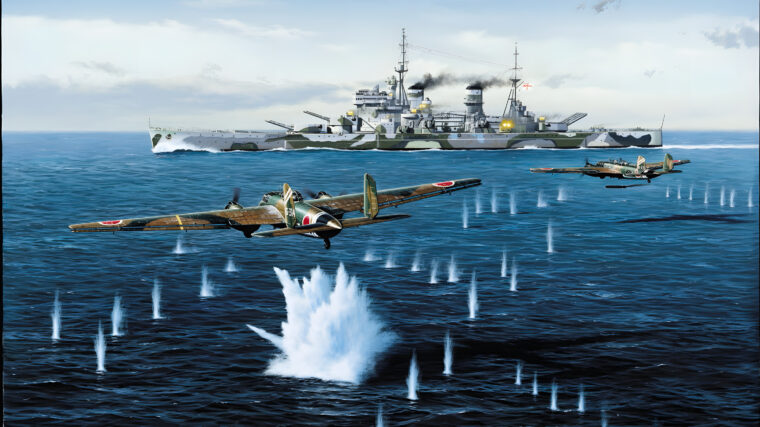
Pearl Harbor
During the 1920s and 1930s Great Britain built up its Far East defenses steadily if slowly, centering around Singapore as its primary naval base in the Pacific area. Read more
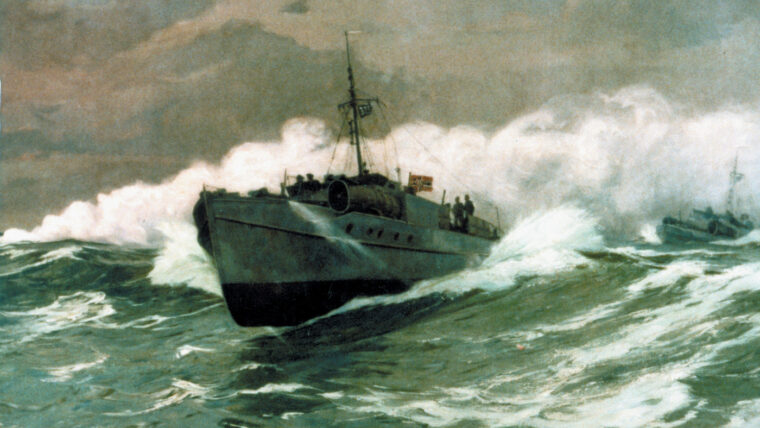
Pearl Harbor
It was spring 1944, and the morning sun was glinting off the face of the water as the Landing Ship, Tank (LST) transports chugged their way through the choppy surf and headed in close toward shore, their destination a gravel-strewn stretch of beach on the English Channel code named “U” for Utah. Read more
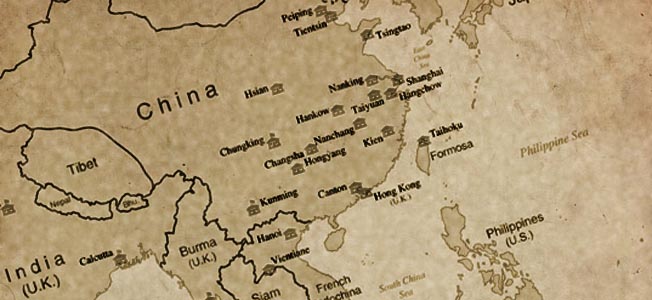
Pearl Harbor
Marine Captain Frank Farrell stood in the open door of the Army Air Corps C-47 waiting for the “green light,” the signal to leap into space, on a mission that could mean life or death for hundreds, perhaps thousands, of people. Read more
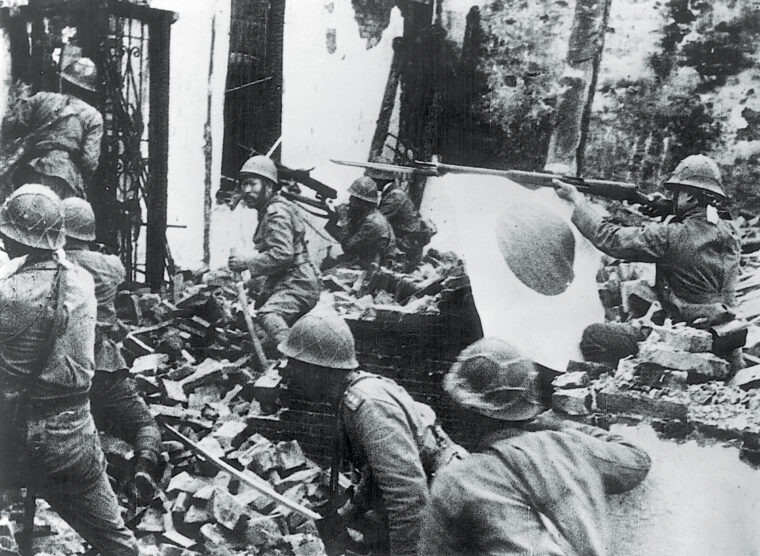
Pearl Harbor
One of Franklin D. Roosevelt’s longtime interests was the hidden world of espionage. In the months before the United States entered World War II, the commander-in-chief was dabbling in the covert world of intelligence-gathering, using a number of trusted personal friends as his own private eyes and ears around the globe. Read more
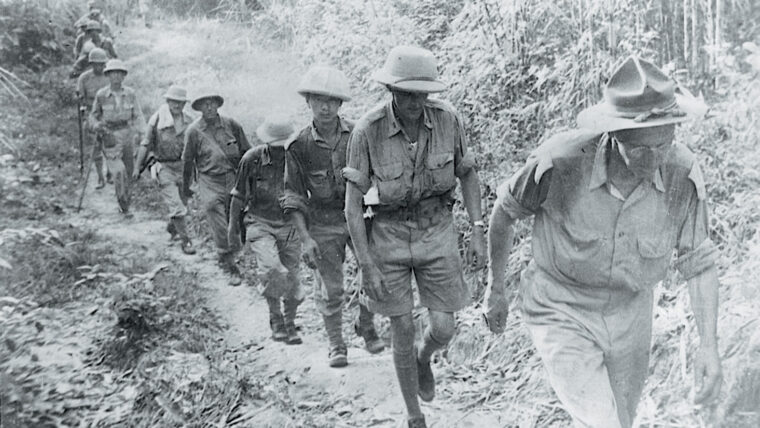
Pearl Harbor
General Joseph Stilwell was one of the United States’ best military commanders, yet in the course of America’s involvement in World War II he never led U.S. Read more